COVID-19 Protocols
Updated January 13, 2022
We Are Travelers
Taking precautions so we can get back on the road again. We are open and we are operating tours. With rare exceptions we are not rescheduling tours and our established terms and conditions apply.
We know that travel is not right for everyone right now, but we are thankful that our small group adventures and independent travel have been running smoothly with COVID-careful precautions. Our guest feedback tells us you are also happy to be out in the field enjoying nature again. Our goal is to lessen risk for our travelers, our guides, and those we visit. We cannot control every element of travel but we will use the best available information to minimize risk as we travel. Our policies aim to do that and to minimize possible Covid disruption to your Safari.
As conditions and regulations to cope with them can change quickly this update has general information and for our travelers registered for a specific destination, we keep in close contact the weeks of the 60-days out to departure.
Where We Go:
Travel Alerts
We closely monitor travel alerts for all areas we visit. The system of Level 1-4 ratings was designed to evaluate and express risk from varied factors such as natural disasters, war, famine, fire, flooding and disease outbreaks. The current system is stretched thin to assess risk associated with COVID-19. While we pay careful attention to the ratings, we know that they are done in hindsight, looking at data from the past 30 days rather than a forecast. So this makes it difficult to predict accurate conditions in the future. We use a combination of credible sources to evaluate trends and on the ground conditions in the often very rural places we visit on our trips. We also compare the trends and numbers to that at home in Uganda, Kenya, Tanzania & Rwanda and evaluate travel to our destinations on a comparative risk basis to conditions we have at home.
Reliable Colleagues, Lodges and Guides
Amid challenges of the pandemic we are choosing to work with lodges and operators that we know. We are offering more tours within East Africa and we offer more tours to countries close to Uganda, Kenya, Tanzania & Rwanda that we have a trusted ground team in to help us operate with minimal risk.
How We Go
VACCINATION IS REQUIRED FOR TRAVEL
As of February 1, 2022 an additional BOOSTER is required for travel.*
Since July 1, 2021 African Birding Nature requires that all travelers and our guides are fully vaccinated. All our local guides and drivers are vaccinated, All are tested ahead of work with our group. We do this out of concern for you and for our providers at local destinations that serve you.
PRE-TOUR RECOMMENDATIONS
Don’t miss your trip! Two-weeks ahead of your travel we recommend that you minimize your social interactions, particularly inside gatherings. When considering your schedule, ask yourself—is this worth missing my trip? Know that we cannot reschedule your travel without penalties. Use current standards for cleanliness, masking, and social distancing.
TRAVEL / TRANSIT TIPS
Plan ahead: We know that PCR tests are difficult to come by but they are required for a lot of international travel. Most large airports now offer rapid testing so if you cannot schedule this at your home city, as a backup, consider getting to your gateway airport (if it has test facilities) a day ahead or with a longer layover and time to test if you need to. You also have to complete a Travel or Health Pass online for travel out of the country where you are coming from. These can readily be done on a smart phone (you need to upload photos of vaccination cards and tests) – if you don’t have these skills ask for help from friends or fellow-travelers after you have your test results to load.
Upgrade your mask. Wear the highest quality mask you can find in the airport and on the plane. Purchase an N95 or KN95 or equivalent mask and keep it on.
Consider a day-pass to a lounge. If you have a longer layover, many airlines offer a lounge day-pass and this is often a less-crowded and more controlled environment to wait for your flight.
Download the airline app and know your password. Changes happen and this gives you a tool to solve your travel issues without standing in a long line.
GENERAL PRECAUTION
What We’re Doing:
— We retain a small group size, typically 7-10 persons per tour.
— We file COVID-19 Risk Management plans for all our Clients.
— We follow masking and social distancing protocols and require clients to agree to these before travel.
— We stress cleanliness by keeping high standards and providing supplies to travelers.
— We carefully research dining. Expect more catered meals at our small lodges, picnics and to go options, patio dining and when inside, dining at restaurants that are smaller and not crowded. If you are uncomfortable with a dining choice on tour, you can ask for your food to go.
— We require masks inside vehicles and keep vehicle windows open to circulate fresh air.
— On our tours we offer Tourist Vehicle with enough space. We do not crowd seating in vehicles.
— We investigate local conditions ahead of arrival. We are in close communication with our lodges and activity providers to share our COVID-19 protocols and to know ahead of time what their policies and attitudes are when hosting our group.
— We keep you informed of local protocols. Many countries now have a health app or other method to track health status at entry. We will help you understand the process for each destination.
— We arrange for COVID-19 testing ahead of your return from the safari in Uganda, Kenya, Tanzania, Rwanda. We make the appointments and provide transport, clients fill out paperwork and pay for testing at time of service.
— We continue to network with our colleagues about our collective response to COVID-19; we follow the Adventure Travel and Trade guidelines that are extensive, professional and well-researched.
MASKING
Expect that masks will be required at times on our tours. You will be asked to keep masked up when with the group inside and not eating or drinking. All vehicle use will require you to wear masks. Wear a mask when entering public spaces such as bathrooms and restaurants. If you are fully vaccinated and outside, and using social distancing precautions, you do not have to wear your mask unless local regulations require it. If you are on your own photographing or walking a garden, keep a mask handy to put on when you meet others. If you need a break from your mask, walk away from the group. Since birding happens quickly and people crowd to get directions, it’s best to bring a variety of masks and find those that fit well, and are comfortable for you so you can keep them on. For inside spaces current advise is for a higher quality mask. We recommend a KN95 or better especially for times inside for extended periods such as time in airports in route to your journey.
SOCIAL DISTANCING
We will avoid crowded places as much as possible. In the field we can move around to avoid them, and we ask that you give each other space – be mindful.
We will not use scopes as much as we do in more normal times, but will have them when needed, please wear a mask if you want scope use.
CLEANLINESS
We are all pretty-well trained by now and we advise common sense and mindfulness as we travel. Wash your hands, avoid touching your face, and bring hand sanitizer. We will have supplies in the vehicles to wipe down surfaces. Our hotels and motels have cleanliness procedures that they follow and chain hotels detail their protocol. It’s has been in their interest for months to have high standards. Still, you may wish to bring a supply of disinfectant wipes, and you can request no service in your room during your stay if you prefer that. We make every effort to choose high-standard hotels, small boutique hotels where we can but in some locations near prime birding areas we may choose “best available” and we cannot guarantee other than normal standards.
LIMITS
We can endeavor to minimize your risk particularly within our group. But we cannot control each aspect of travel or conditions at all places we visit. We cannot lesson standards set by countries for entry such as testing or uploading documents to a health pass. We cannot move you to another tour within the time frame of the penalties of our terms and conditions – by 60 days out your funds are at your destinations. As long as planes are flying and borders are open, they are not likely to send back returns. The panic of 2022 is different that today’s situation where we have knowledge and tools to cope with conditions. Certainly if conditions become severe this will change, but currently our tours are running as normal.
For international travelers be aware that people in our countries of host are only now just getting vaccinations. We do select local guides and drivers that are vaccinated and we chose locations that can do this, but you may encounter non-vaccinated persons as we travel, inside East Africa or out. Also note that our lodges and transport companies often do not do their schedule until the week of your visit – we will not know the status of every local person we encounter. We can require masks when we wear them and we will bring a good supply of masks to share with locals involved with our group in case they lack them. In general we find mask wearing to be far more common and compliant here.
Timely Question: “What If?”…
“What if?”
SOMEONE GETS COVID ON A TOUR
– We ask that people monitor their health daily and report any potential symptoms. If someone has symptoms or suspects they may be ill we will take the following steps:
– For severe illness professional medical transport and treatment will be arranged
– For symptoms suggesting Covid infection, prompt isolation will be required until testing can be done
– Testing will be required and our ground team will coordinate how to achieve that
– If a positive test occurs for anyone in the group, others of the group will also need to be tested and group activity will cease until test results can be received.
– As long as travelers have a negative test on the arrival at the airport, they can continue with the trip
– Further testing intervals will be set using the medical advice of professionals attending to our travelers.
– Testing and medical care support will be coordinated to assist travelers that need to isolate / quarantine or change travel plans
– For the affected individual this situation is similar to having a broken bone, a stroke or heart attack on a tour. We are here to help coordinate care but guides are trained in basic first aid only and we will seek professional medical care for all situations at your expense. Illness that extends beyond the tour will require individual responsibility to request and pay for help as needed.
MY TOUR CANNOT OPERATE: This is being asked often and we understand! If we cannot operate a tour safely, we will reschedule. During the COVID-19 pandemic, there is a chance that your tour may not go despite our best efforts. Borders may close, or quarantines may be imposed that we cannot do within the tour schedule.
I CHANGE MY MIND. We want to reduce your risk of losing your travel investment, too. A general guideline is that your financial risk is there, particularly once you make your final trip payment at the required 60, 90, or 120 days. For some tours we have extended that payment schedule to give us time to collectively make a sound decision on whether or not that tour can run.
LOOKING FORWARD—A Note from Our Owner
We have put a strong 2022 calendar together and we continue to future options. We understand that travel still feels uncertain, but also know that many travelers want a plan and something to look forward to. We will not take any final payment or send payment on to our suppliers until we can confirm the tour is possible to run. As mentioned in our COVID precaution guidelines, we require travelers to show proof of full vaccination (and as of February 1, 2022 a booster) before travel. These recommendations are for your peace of mind as well as for the safety of others.
Our clients’ and colleagues’ health and safety are our main concern. Our office staff members are all working from home, so email is the best way to reach us. We do monitor phones and will get back to you.
At African Birding Nature ABN, we retain a strong network of experienced suppliers in the field and we lean on our very good relations with them as we look for solutions. For almost all of our cancelled tours, we requested new bookings, which was a real help to them and strengthened our professional bonds. For all our destinations, we monitor daily news updates, use professional consultants, and watch Ministry of Health and other government guidelines that affect travel.
We appreciate the enduring and strong support of our travelers, urging us to hang in there and be strong. We are a small, specialized, “boutique” company in the true sense, so our solutions may not mirror the giants of our industry. We treasure more than ever, our personal (and for the most part patient!) client base as we try to keep up with needs on both sides of the tour equation. We recognize that if we don’t support our providers, our travel options will be fewer in the future in the very special places we visit. We understand we may not make everyone happy but we trust that all recognize the complexity of the situation.
Are we optimistic? Yes, we are travelers. Whatever the new “normal” is, we will find a way to do what we love to do best. For us, travel is one of the greatest joys of life. We know that our joy brings vibrancy to local communities that in turn secure a healthy and protected place on the planet for wildlife. We feel that we can reduce risk and venture out, if we do so respectfully and carefully.
— Kenneth Tumusiime, and the team at African Birding Nature ABN

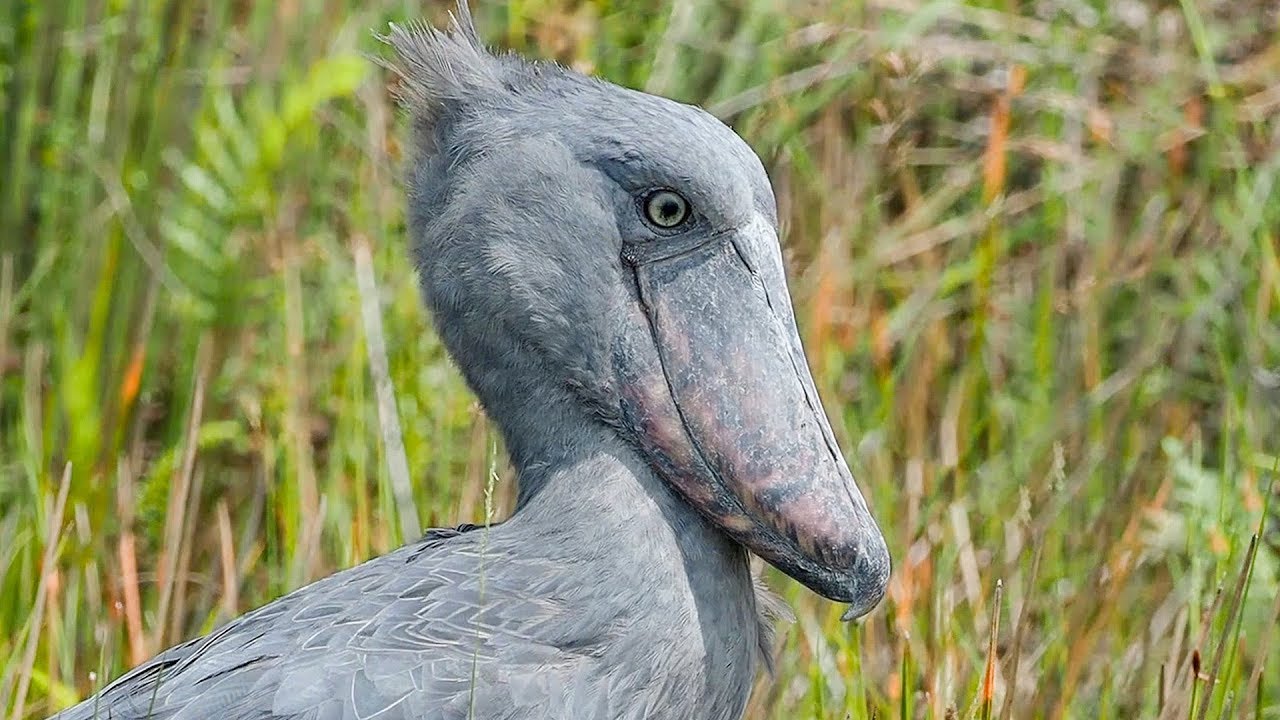

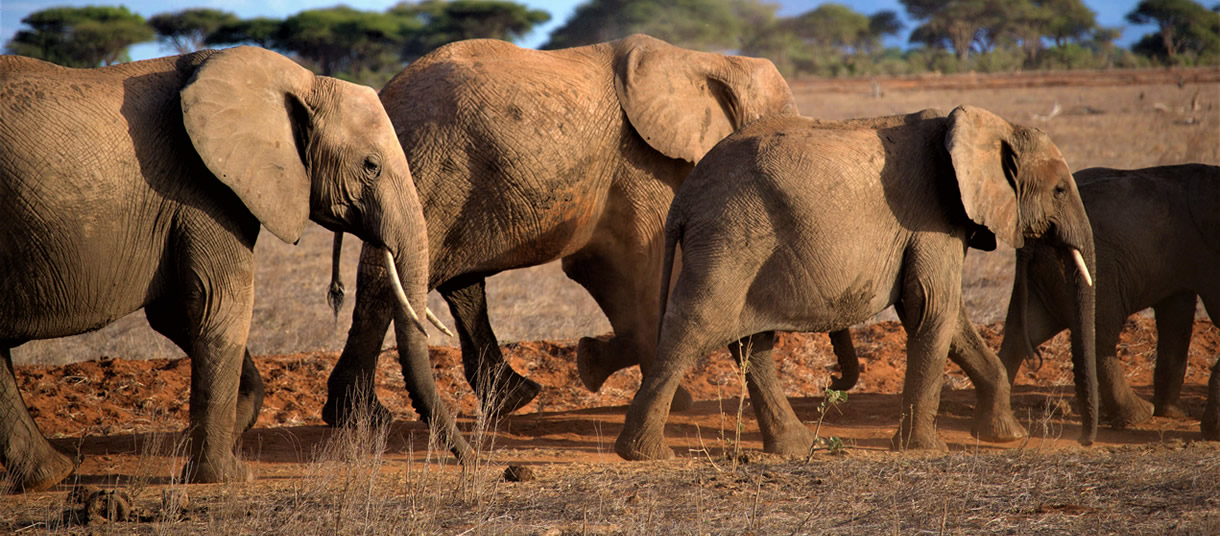

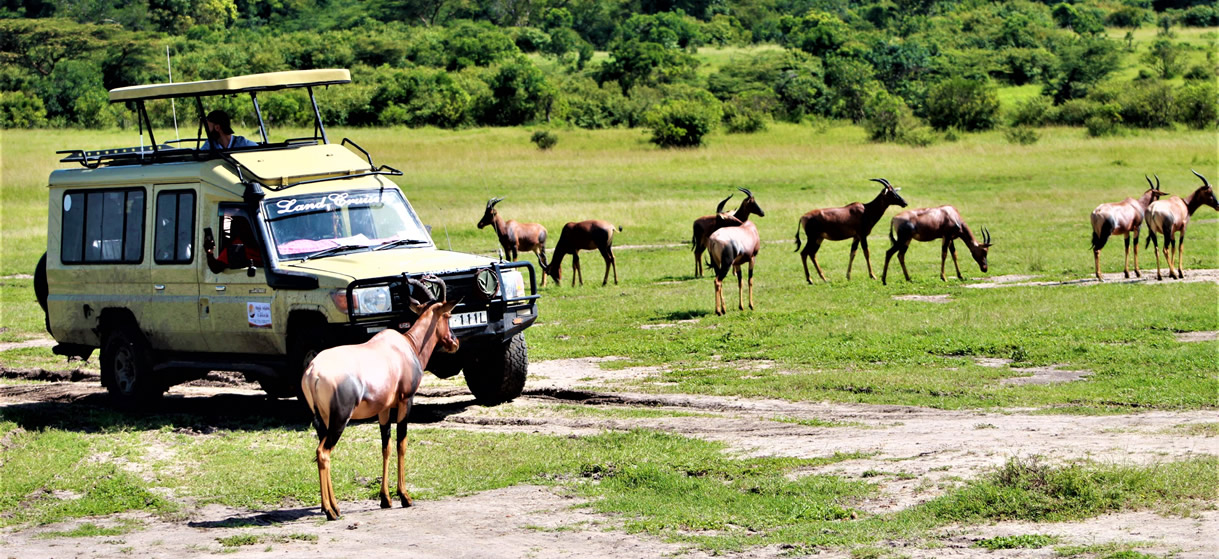
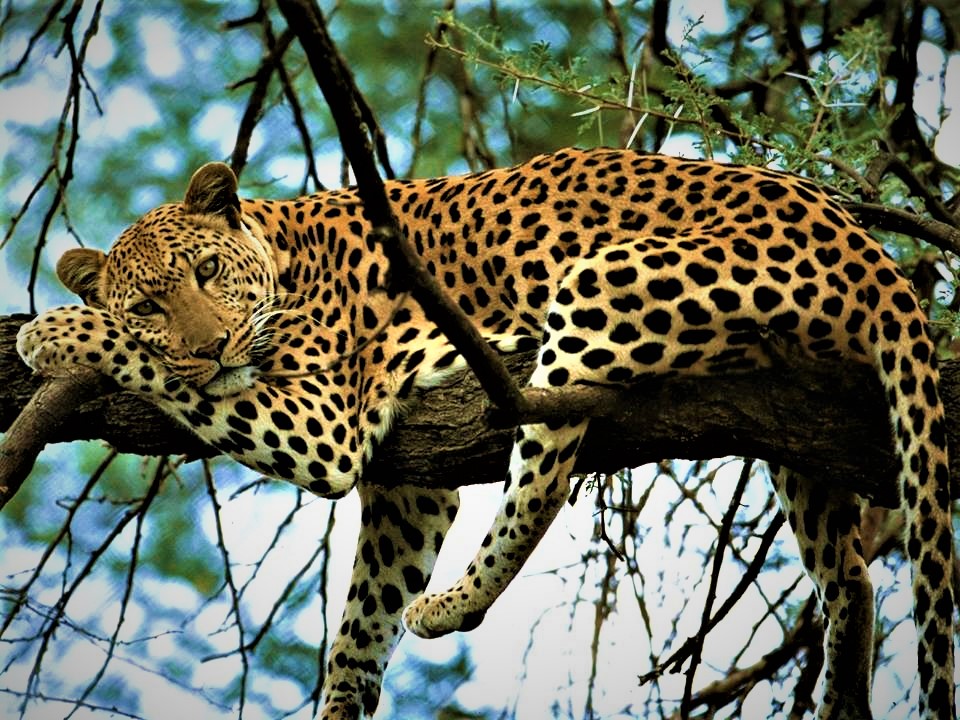




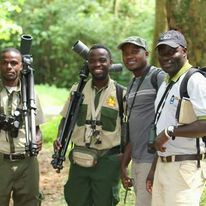
Recent Comments